7 January 2025
New research from a collaboration between the Malaghan Institute and the National Institutes of Health (NIH) has shown that ‘infection interference’ may be the key to unlocking broader protection from infectious agents – paving the way for better vaccine design.

Dr Kerry Hilligan
Over the course of our lives, we encounter many diverse and challenging threats from infectious agents like bacteria, parasites and viruses. These infections don’t line up in an orderly fashion; our bodies are constantly dealing with and responding to numerous threats as these opportunistic pathogens attempt to make our bodies their home. In places where this competition is especially fierce, such as in the lung, how does a dynamic microenvironment impact the severity of diseases like Covid-19 or influenza, or even allergy? Moreover, can we use this knowledge to improve how we design and develop vaccines and other treatments?
That’s the question Dr Kerry Hilligan has been asking in her research that has crossed continents; from the NIH in Washington, DC, to her home at the Malaghan Institute in Wellington.
“Our research explores the question of whether prior infection or inflammatory stimulation of the lung alters susceptibility to other kinds of infection,” says Dr Hilligan. “Specifically, our collaborative research at the NIH explored whether diversity in infectious history within the population may be a factor influencing the huge diversity in Covid-19 disease outcomes (asymptomatic to critical).”
It has been widely observed that co-infection or sequential infections can alter the course of disease – either for the better or for the worse. For example, following a severe viral infection, one that greatly challenges our immune system, we’re more susceptible to bacterial or fungal pneumonia. However, the reverse may also be true: a mild infection may offer some protective benefit from other bugs. Dr Hilligan and her colleagues have been seeking to understand this protective phenomena from an immunological standpoint, to explore whether we can design better vaccine strategies that offer improved, more wide-spread protection against disease.
“In our series of preclinical studies we found that yes, infectious history does dictate Covid risk. Mice that had previously experienced a lung infection had a ‘grace period’ where they were protected against Covid. These data align nicely with a clinical study from Yale, that found children typically have a high level of viruses and bacteria in their respiratory tract which protects them from Covid. That mirrors what we saw in the 2020 pandemic that children typically had less severe reactions to the disease and bounced back quicker.”
In short, when the immune system in the lung is already busy dealing with one mild infection, it’s much better equipped to prevent other infections from taking hold.
Dr Hilligan and her colleagues most recent collaborative work, published in Science Immunology, builds on this ‘infection interference’, showing the cross-protective effect has a much broader application beyond just Covid-19.
“Vaccine-induced immunity is generally directed against a specific virus like measles, polio – or disease-causing bacterium like pneumococcus. But what our research shows is that it is also possible to generate ‘broad-acting’ or ‘non-specific’ immunity by delivering immune stimulants, things that mimic a viral or bacterial particle, directly into the lung.
“This opens up the possibility of designing next generation vaccines that are administered directly to the lung and generate both specific and non-specific protection – giving a much more robust defence.”
Funded by the Royal Society Te Apārangi and the Health Research Council of New Zealand, Dr Hilligan and her team at the Malaghan are already applying these findings to explore opportunities to improve the lung’s ability to fight disease.
“We’re really interested in understanding how exposure to microbes and viruses shape lung immune responses in the short and long term.
“My colleague Dr Kit Moloney-Geany is studying how a prior infection with influenza virus induces clusters of immune cells in the lung and how these lung-resident immune cells co-ordinate responses to subsequent infections. We are also really interested in studying how inhalation of fungal spores – of which we inhale thousands every day – alter susceptibility to viral infection and allergy.”
For more information, you can access the peer-reviewed studies here:
- Baker et al (2024) Sci Immunol
- Hilligan et al (2023) Nat Commun
- Baker et al (2023) Front Immunol
- Oyesola & Hilligan et al (2023) Sci Immunol
- Hilligan & Namasivayam et al (2022) J Exp Med
Related articles
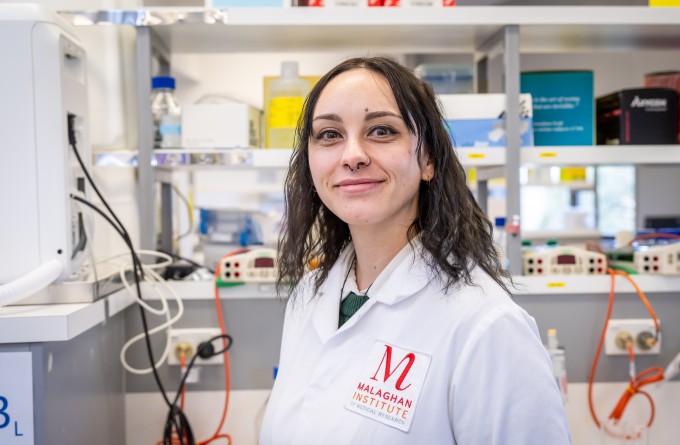
How our immune system tackles fungal foes
23 October 2025
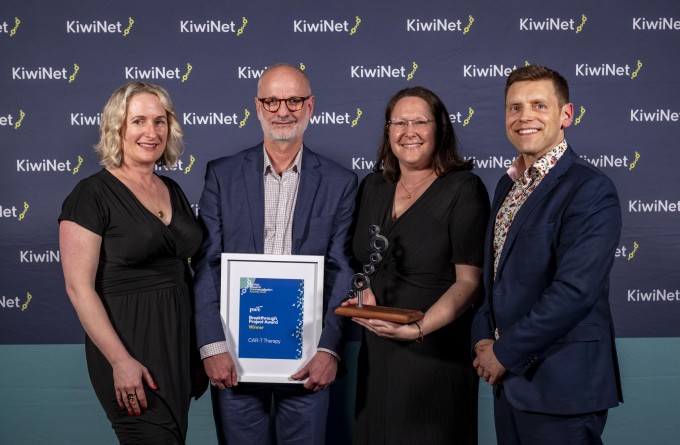
Malaghan CAR T programme wins KiwiNet Research Commercialisation Award
23 October 2025

New funding supports cutting-edge research into immune cell metabolism
13 October 2025
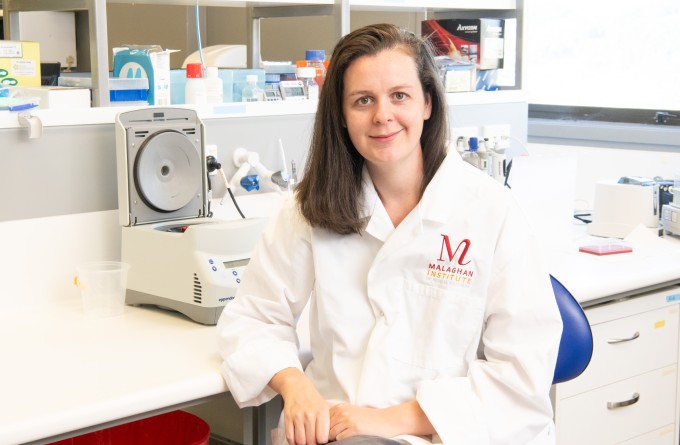
The Detail: The viral drift of misinformation
29 September 2025
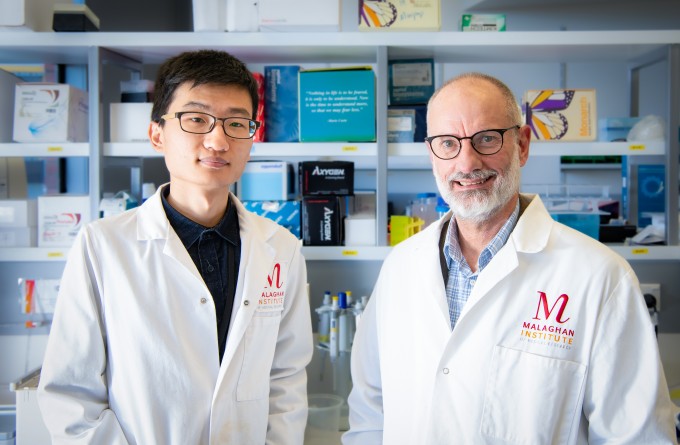
Funding boost to improve lung cancer treatment outcomes in Aotearoa New Zealand
5 September 2025
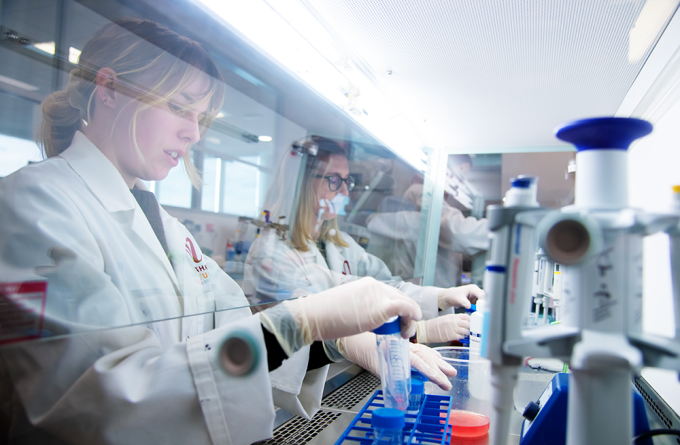
Cancer, measles and allergic disease research funded in latest HRC grants round
19 August 2025
